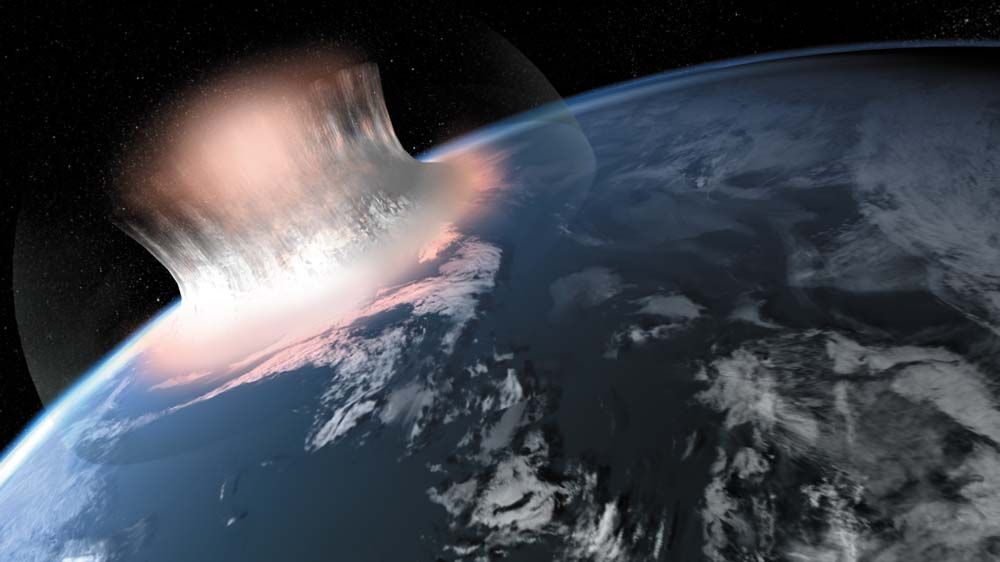A huge crater formed due to the impact of one of the largest known meteorites has finally been discovered. Scientists believe that the crater lies beneath lava in the Southeast Asian nation of Laos. The crater was formed after the giant meteor struck earth nearly 800,000 years ago. The meteor was over two kilometres or 1.2 miles wide. According to a new research paper, the hidden crater formed because of the impact is expected to be about 17 kilometres long and 13 kilometres wide. The paper, which has been published in Proceedings of the National Academy of Sciences journal, states that it is 218 cubic miles area of volcanic filed in Laos.
A meteorite is an object that originates in outer space and survives during its journey through the atmosphere and hit surface of our planet. The impact of this 800,000 years old meteorite was such that debris flung across Australia, Asia, and Antarctica. The first hint about the impact site came by a set of small, pebble-like black glassy objects called tektites. Scientists believe they were formed after earth material melted due to the impact of a meteorite. Professor Kerry Sieh said the existence of tektites itself signifies how powerful the impact of the meteorite could be. Sieh is the principal investigator for the Earth Observatory of Singapore.
Researchers have determined source crater for most of the tektites but the Australasian strewn field remains a mystery. It extends from South Australia to southern China and covers about 10 per cent of the earth’s surface. “There have been several attempts to find the impact site but our study is the first to show so much evidence,” Sieh said. The evidence presented by the researchers ranges from physical characteristics to chemical natures to gravity measurements. But more research needs to be done to confirm the theory. The next step is drilling down a few hundred meters to find if the rocks down there are the ones expected at an impact site.
